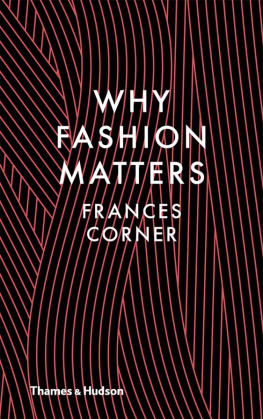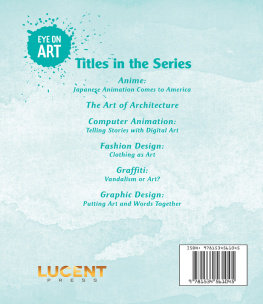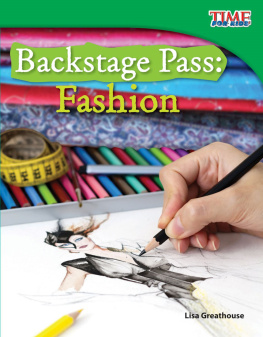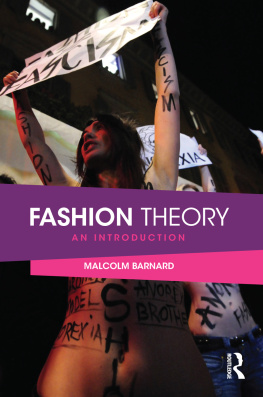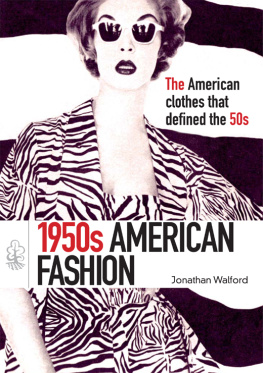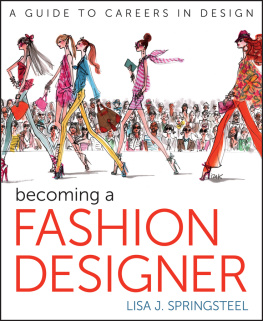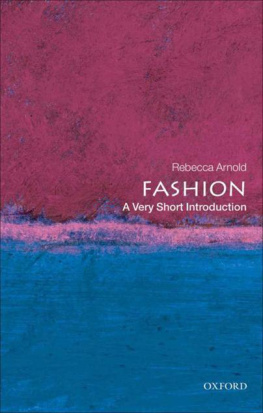INTRODUCTION
Fashion matters. To the economy, to society and to each of us personally. Faster than anything else, what we wear tells the story of who we are or who we want to be. Fashion is the most immediate and intimate form of self-expression.
Yet even as fashion touches the lives of each and every one of us, its influence and the vast creative industry that it supports can seem mysterious. With this book of 101 bite-sized reflections, I have set out to explain why fashion matters and to sketch out its increasing influence on lives and industries around the globe.
Fashion is a multi-billion dollar industry that employs a whole host of professionals, including designers, manufacturers, garment workers, retailers, hair stylists, make-up artists, merchandisers, journalists, photographers and models. Fashion provides millions of people worldwide with their livelihoods and builds commercial ties between nations. Goods designed in one country are often manufactured in another, before being shipped and sold in many more countries around the world.
Like most other global industries, fashion has its dark side. Eating disorders, a lack of ethnic representation, water and resource depletion and the exploitation of vulnerable garment workers are only a few of the issues that the industry must do more to address and resolve. Consumers too must do more.
Fashion deserves to be taken seriously, warts and all, and celebrated for its beauty, creativity and entrepreneurial spirit. The fashion industry is among the most aspirational, industrious and dynamic of all industries. Its best designers, as with all great artists, imagine, initiate and move culture on. The cut or pattern that first appeared on the catwalk soon finds its way onto store shelves and into our wardrobes. Whether or not we like to admit it, what we wear and how we wear it is inevitably influenced by designers ideas and creative decisions.
At heart, fashion is all about the art of self-adornment: the visual presentation of ourselves to the external world. What we choose to wear reflects how we view the world and how we want the world to view us. The prehistoric caveman with the latest beads, the post-war woman in Diors New Look, the latest fashion blog recording street style as it happens they are all tied to our very human need to express individuality.
Fashion has been and always will be a constant part of our existence. Why?
Because fashion really does matter.



THE COUTURE LABORATORY
| I attended my first haute couture show soon after starting as Head of London College of Fashion. I was determined to gain an understanding of these special collections and the incomparable skills of the ateliers that craft them entirely by hand. I was not disappointed; they are extraordinary. |
Haute couture was developed in France to protect Pariss status as the worlds fashion capital. Even today, what does and does not qualify as couture is strictly governed by the Chambre Syndicale de la Haute Couture, a trade organization with roots in the nineteenth century. Many people confuse haute couture with the ready-to-wear collections covered extensively in the media but couture is quite distinct. For a fashion house to qualify as a maker of couture it must follow strict rules: it must design made-to-order garments for private clients, with one or more fittings necessary, maintain a workshop in Paris that employs at least fifteen people full-time, and show two collections each year in Paris in January and July, with each one comprised of at least thirty-five outfits for both day- and eveningwear.
To some, couture is an anachronism, elitist and irrelevant. But I admire it as a system that has preserved and protected a vast range of skills and crafts, such as fine embroidery, beadwork and the decorative use of feathers or precious stones. Many of these skills are no longer practised anywhere else in the world, making Paris the global centre for the creation of these exquisite, handmade, one-off fashions.
In the 1990s, it seemed as if couture might be dying because not enough clients were regularly buying sufficient quantities to keep the ateliers alive. Now, with the growth of wealth in Russia, Asia and the Middle East, couture is once again flourishing, so much so that Giorgio Armani and Dolce & Gabbana have added it to their repertoire in recent years. The Chambre Syndicale has also embraced new foreign-born couturiers, including Livia Stoianova and Yassen Samoilov of On Aura Tout Vu, Rad Hourani, Laurence Xu and Didit Hediprasetyo, all of whom have brought new vitality to this traditional French industry.
In the end, couture is all about the beauty of the clothes. As my colleague Tony Glenville, who introduced me to all things couture, has said: In spite of rumours of the demise of couture, the snide comments from people who say it is PR only to sell fragrance and those who see no modern validity in it, it survives. It is where art and fashion meet if only briefly.... It is still a laboratory for design and things are possible in couture which are impossible anywhere else.
CLOSING THE (PLASTIC BOTTLE) LOOP
| The idea that plastic bottles can be recycled into other objects, saving them from the landfill, has captured the imaginations of many. Making new clothes from old bottles is thought to consume less energy than standard polyester production and a number of major retailers are turning to recycled textiles to green their supply chain. As with all environmental issues, the reality is more complicated. Manufacturing polyester from recycled bottles may consume less energy than manufacturing new polyester from fossil fuels but it consumes more energy than is necessary to produce organic natural fibres. Melting and re-extruding the plastic to make new yarns also degrades it so that eventually it can no longer be recycled. As the base colours of the recycled plastic vary in consistency, more chemical dye is necessary to achieve a uniform colour. Fabrics made from synthetic and organic blends cannot be recycled at all. |
Achieving a closed loop of production in which yarns can be recycled indefinitely seems a long way off but there has been progress. Some companies are designing products that do not feature backings or use textile blends. Textile manufacturers are beginning to create more fabrics without the carcinogenic chemical antimony, which can be released into the environment through wastewater. Significant research is going into the fabrication of bio-based polymers that will be recyclable, biodegradable and made from sustainable sources. Such fabrics would have the positive properties of any conventional synthetic material, including its low cost of manufacture, but none of the negative side effects.
THE CLOTHES THAT WEAR US
| One of my favourite fashion books is Colin McDowells Literary Companion to Fashion. Covering over four hundred years of literature from Britain, Ireland, Europe and America, it explores the rituals and meanings of dress, as well as the intrinsic role that clothes play in the creation of character and the telling of a story that is both believable and meaningful. |

